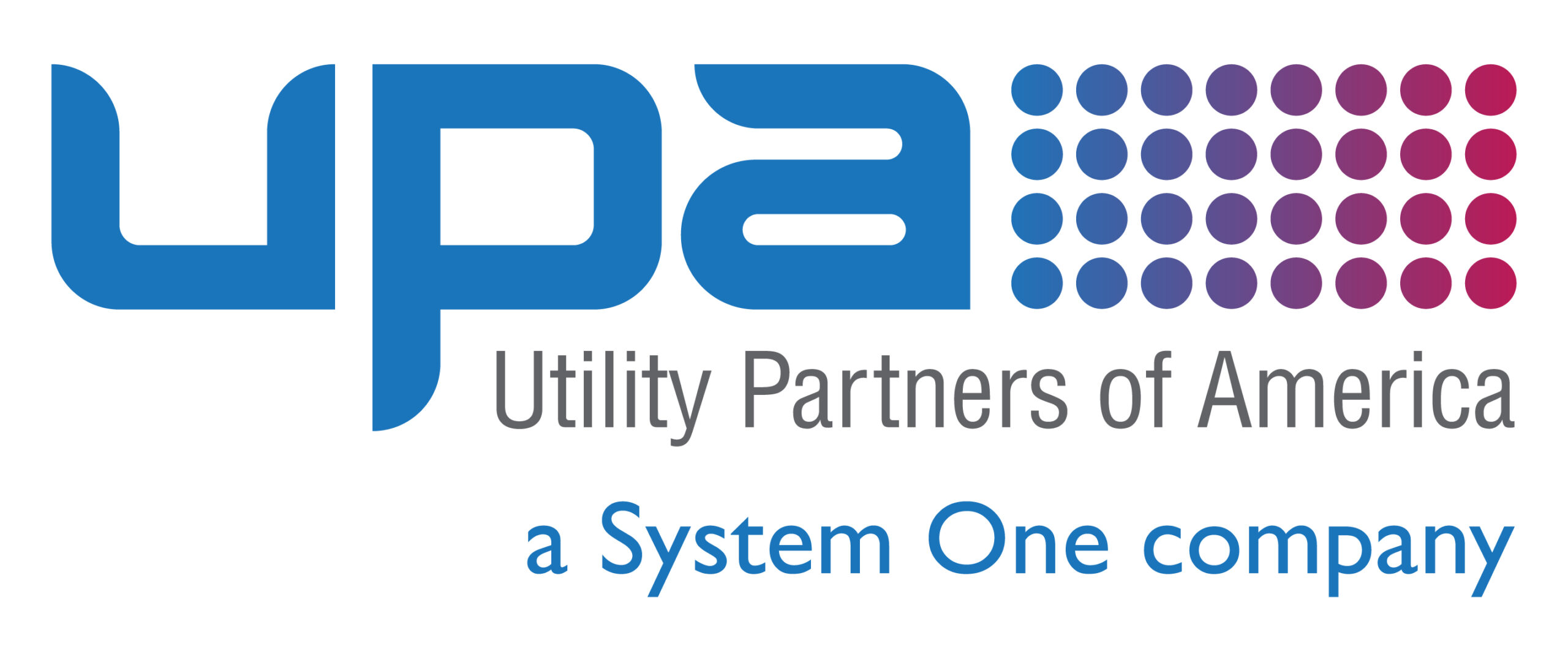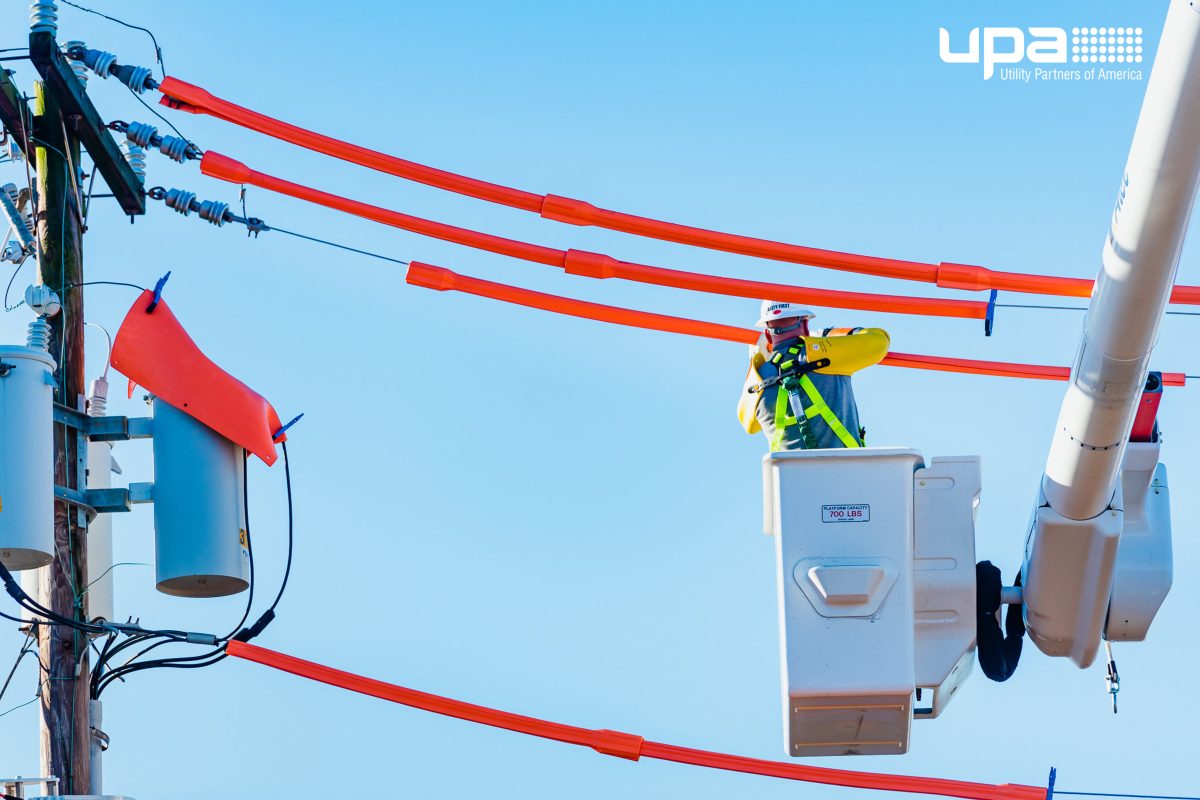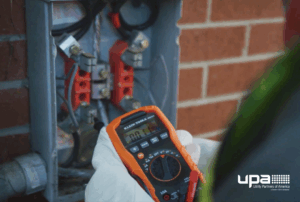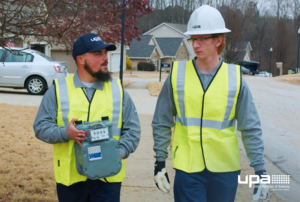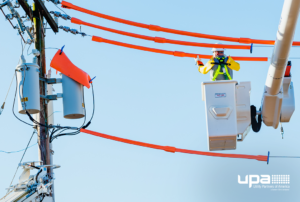In the world of infrastructure development, the construction of overhead and underground lines plays a vital role in powering our communities, connecting us to essential services, and facilitating our modern society. While often overlooked, the work of overhead and underground line construction professionals is crucial for maintaining reliable electricity, telecommunications, and transportation systems. In this blog post, we will explore the significance of this trade and the impact it has on our daily lives.
Powering Communities:
Overhead power lines serve as the backbone of electrical distribution networks, transmitting electricity from power plants to homes, businesses, and industries. Underground power lines provide an alternative solution, offering greater reliability and aesthetic appeal in urban areas. Skilled workers in overhead and underground line construction ensure that these systems are installed, repaired, and maintained to withstand various environmental factors and meet safety standards.
Enabling Communication:
Telecommunication lines, including telephone, internet, and cable television cables, rely on both overhead and underground infrastructure. With the increasing demand for high-speed internet and digital connectivity, the installation of reliable communication lines is essential for businesses, educational institutions, and individuals. Professionals in this field work diligently to lay and maintain these lines, facilitating seamless communication and information exchange on a global scale.
Supporting Transportation:
Transportation networks, such as railways and tramways, often require overhead lines to power electric trains and trams. Underground lines are also utilized in transportation systems, including subway and metro systems, where overhead lines may not be feasible. The expertise of overhead and underground line construction workers is essential in ensuring the efficient operation of these transportation networks, contributing to sustainable mobility solutions.
Enhancing Resilience:
Overhead and underground line construction professionals play a crucial role in enhancing the resilience of infrastructure networks against natural disasters, such as storms, floods, and earthquakes. Through strategic planning, robust design, and timely maintenance, these workers help minimize disruptions to essential services during emergencies, safeguarding public safety and well-being.
Embracing Innovation:
The field of overhead and underground line construction is constantly evolving with advancements in technology, materials, and techniques. From the use of drones for aerial inspections to the implementation of smart grid technologies for efficient energy management, innovation drives improvements in the reliability and sustainability of infrastructure systems. Skilled workers in this trade adapt to new methods and tools, embracing innovation to deliver higher quality and more cost-effective solutions.
Conclusion:
Overhead and underground line construction may often go unnoticed, but its impact on our daily lives is undeniable. From powering our homes to connecting us to the world, the work of professionals in this trade is essential for maintaining the functionality and resilience of modern infrastructure. As we continue to rely on electricity, communication, and transportation networks for our basic needs and societal advancements, let us recognize and appreciate the invaluable contributions of those who build and maintain these essential systems.
Utilities across the country are leaning on UPA and its overhead and underground line construction professionals to construct, inspect and maintain their overhead and underground infrastructure and provide emergency restoration services. To learn more about UPA or to get a quote, visit utilitypartners.com/electric-distribution-services/
